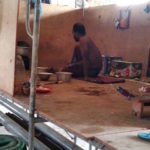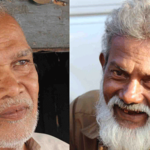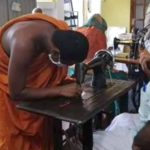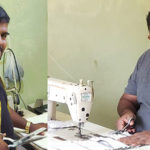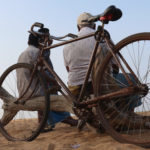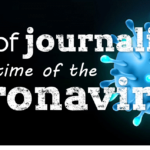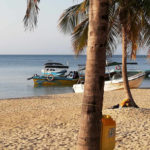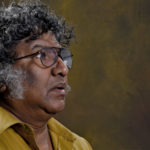Interview + Janakaraliya Director:
‘One Of The Biggest Problems Is Our State Language’
The artistic director of a Sinhala-Tamil theatre company talks to The Catamaran about the best and worst in bi-lingual drama.
The Catamaran: How did you end up producing Hunuwataye Kathawa?
Parakrama Niriella: In 2008 we were able to get the rights to Hunuwataye Kathawa, the Sinhalese adaptation of Bertolt Brecht’s drama, The Caucasian Chalk Circle. We produced the drama first in 2013 but we dropped many aspects of the adaptation by Henry Jayasena. That was produced in 1967 and we left out many of the things that Brecht’s play had because our country had not had any experience of war at that stage. When we produced the play, this had obviously changed.
The Catamaran: How did you turn it into a Tamil script
Niriella: There is a veteran dramatist in Jaffna, Pulandai M. Shanmugalingam. I heard that he had translated several dramas into Tamil for the students studying drama at the university there.
Then we went to Jaffna and held a series of drama workshops. In the end we chose 16 Tamil youths and we discussed the relevance of the play to their lives. Their experiences are strongly related to the play we eventually produced. That’s how we did it.
/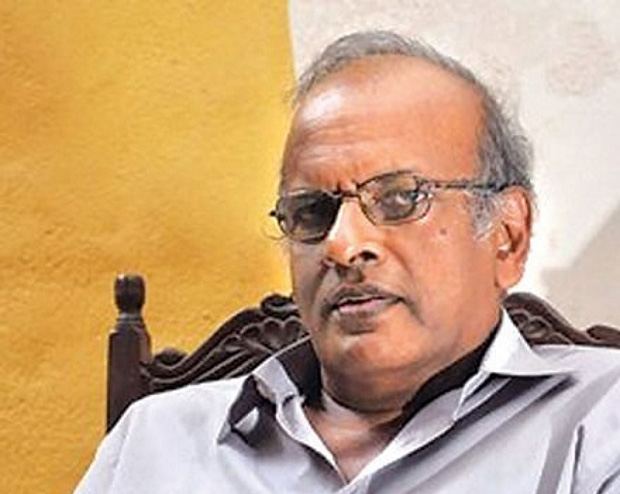
The Catamaran: What kind of response have you had to the production?
Niriella: A good response – and it received a number of good reviews. Mostly it was a good example of trying to improve coexistence through drama, which is something that is needed today.
The Catamaran: How does the Sri Lankan experience of war jibe with the Brecht story?
Niriella: There were a number of things in the play that also happened in Jaffna during the war. Some young men pretended to be sick so they did not have to join the Tamil Tigers [the militant organisation, The Liberation Tigers of Tamil Eelam] and parents married their daughters off to elderly men so that they could not be recruited.
The other thing that happens in the play is that [the heroine] Grusha goes to her brother’s house but is not welcome there. That happened here too. People went to their relatives to escape the war in Jaffna and they were not welcomed.
The Catamaran: How has the political situation divided Sri Lanka’s artists?
Niriella: One of the biggest problems has been making Sinhala the official state language. The divisions between Sinhala and Tamil society changed due to various violent incidents as well. People stopped working together and Sinhala artists started creating only for the Sinhala community while Tamil artists only created for the Tamil community.
The Catamaran: How does the Janakaraliya company contribute to reconciliation in Sri Lanka?
Niriella: When Janakaraliya was launched we advertised for troupe members and we got a thousand applications. Eleven Sinhalese were accepted and nine Tamils. There were three months of tough training and our first play was a piece in both Sinhalese and Tamil. Both groups got the opportunity to learn both languages.
In the second play, the script had to be translated into Tamil. The Sinhalese were slower to learn Tamil than the Tamils were to learn Sinhala. However today both groups know both languages well.

